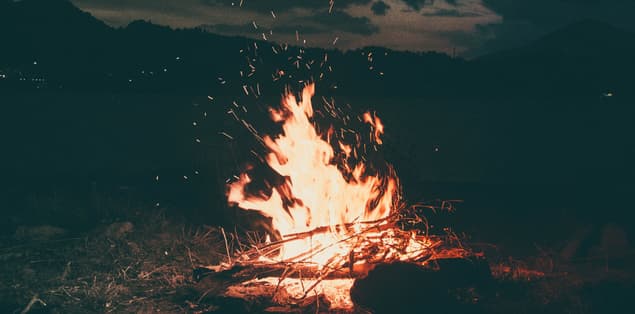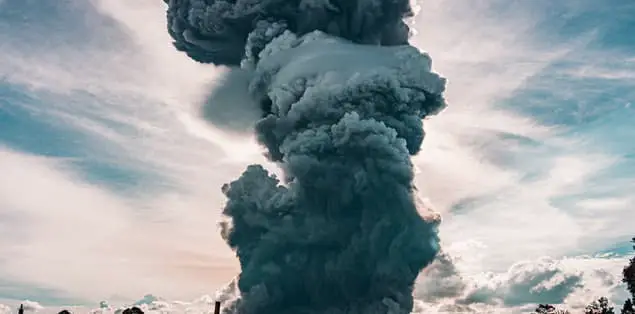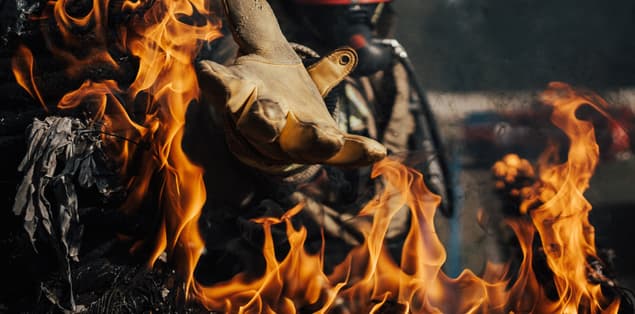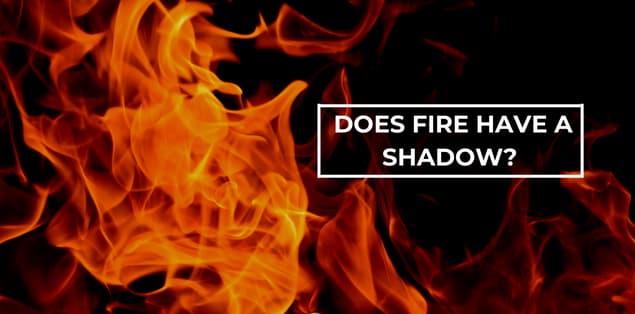So, Does Fire Have A Shadow? When an item blocks the path of light rays that would otherwise reach a surface, a shadow is cast. To create a shadow, you must put an opaque object in front of a light source.
So, does this suggest that a fire casts no shadow?
Anything that is a product of a light source cannot produce shadows, although it may disrupt light beams and create brief shadows on its surface.
Does this imply that a fire may cast a shadow? It’s all becoming a little puzzling! So let’s get to the bottom of this…
Does Fire Create a Shadow?
No. We define a shadow as a lack of light. Because fire is a light source, it has no shadow. Thus the wall or obstruction you’d expect its shadow would fall on is instead covered by light from a fire. As a result, fire casts no shadow.
Why Does Fire Not Have a Shadow?

The fundamental reason for the absence of a shadow is that a flame is a source of light.
A shadow is a surface region that is less bright than its surroundings because something partially or wholly obstructs light rays from that area. As a result, a shadow seems to be nothing more than a darker region with no light. The flame will throw a shadow if, indeed, the source of light behind it is brighter than that of the flame.
However, it is typically not feasible since the fire is the strongest source of light & also since the flame is somewhat translucent. Therefore, if you want to watch a flame cast its shadow, consider placing a light source brighter than the flame behind it.
Does Smoke Have a Shadow?

Smoke is very rich in particulate matter, and each little particle is capable of blocking some light. As a result, smoke casts shadows.
How Does a Fire Flame Create Shadow?

The phenomenon of insoluble particles from burning flames shimmering in the air is incandescence. We use this word to characterize the occurrence. For example, suppose the colder air surrounding the border between the hot air and the flame is present. In that case, it may deflect the light away from its forward-propelling effect.
Refraction will occur at the junction of deviation between two different materials, as when you place a lens in front of a camera. The fact that a flame contains heated air and certain impurities cause it to deflect light inside a light beam. This, in turn, causes the light beam to create its own shadow.
Because of this, the shadows that the soot and other components of the fire create seem like they are dancing on the water. The soot you can find inside a flame can take in a significant amount of light, enabling it to play an important part in the process of shadow creation.
It is only possible to discern a shadow produced by fire if the light beam traveling through the flames is much brighter than the fire itself. If the light passing through the flame or fire is less intense than the light given off by the flame, the light given off will be sufficient to illuminate the region, and there will be no shadow.
For instance, if you sit around a fire pit in the middle of the night and flash your flashlight, you will not throw the flames in shadow. On the other hand, a striking shadow will be cast by a more powerful and brighter light, in addition to the smoke and heat produced by the fire.
In a nutshell, fire can produce a shadow, not as a result of the light it creates but rather as a result of the pollutants it releases into the environment when it burns and produces flames.
Can Fire Have A Shadow?
Yes, a fire can cast a shadow, but not in the manner that you are probably imagining! Even if the flames themselves are incapable of producing shadows, it is possible to produce a shadow if any part of the projected light beam is refracted or disrupted.
In most cases, the region of the beam that is the shadow area is the region that the least amount of light illuminates. The portion of the dimmed beam will take on the shape of the opaque object that is causing it to be restricted or deflected.
When the flames obstruct or deflect a ray of light in another direction, this forms a shadow.
It is possible for the normal flame emanating from a fire to deflect or obstruct light because it is more than simply a column of light. The flame releases molecules of oxygen and burned fuel by the flame, which consists of various hydrocarbon components.
When a fire starts, several pollutants, including soot, carbon dioxide, and water vapor, are discharged into the atmosphere.
How exactly do these components contribute to the formation of the fire shadow?
Why Can Fire Have A Shadow?
You cast a shadow from a light source deflected by fire or flame, but you can also cast it from opaque substances released by the fire or flame.
There is no way for a solitary beam of light to interact with some other light beam directly. To put it another way, this implies that light beams will never collide, nor will they consume or deflect one another. This is because light consists of boson-like particles known as photons.
For example, we have seen bosons intersect and traverse one another. Photons can overlap and share a state due to the absence of electric or magnetic charges.
Only items having electric or magnetic charges may interact with electromagnetic fields, including light. For example, a light beam cannot affect another light beam when no electromagnetic charges are present to interact with. In the absence of magnetic and electric fields, one light cannot actively or passively alter the route or activity of some other light.
When the medium whereby the light beams pass is changed, one light beam may indirectly deflect another light beam. The pollutants released into the environment during the burning and creation of flames cause fires to cast shadows, not the light they emit.
Final Words – Does Fire Have A Shadow?
In conclusion, it is not the light from a fire that casts a shadow; rather, it is the pollutants that it releases into the atmosphere while it burns and produces flames that are responsible for this effect.
This was a complete guide on does fire have a shadow!
